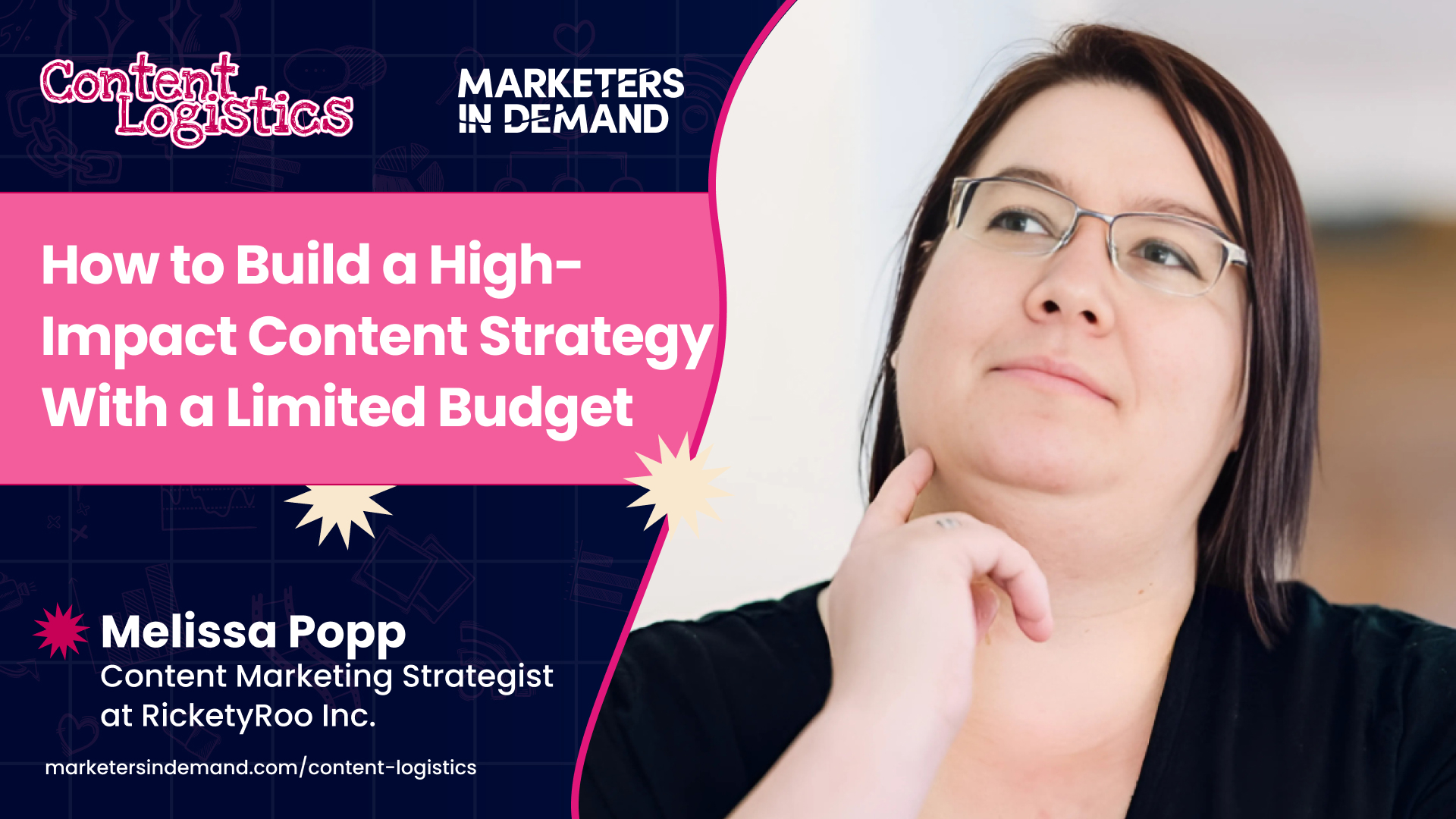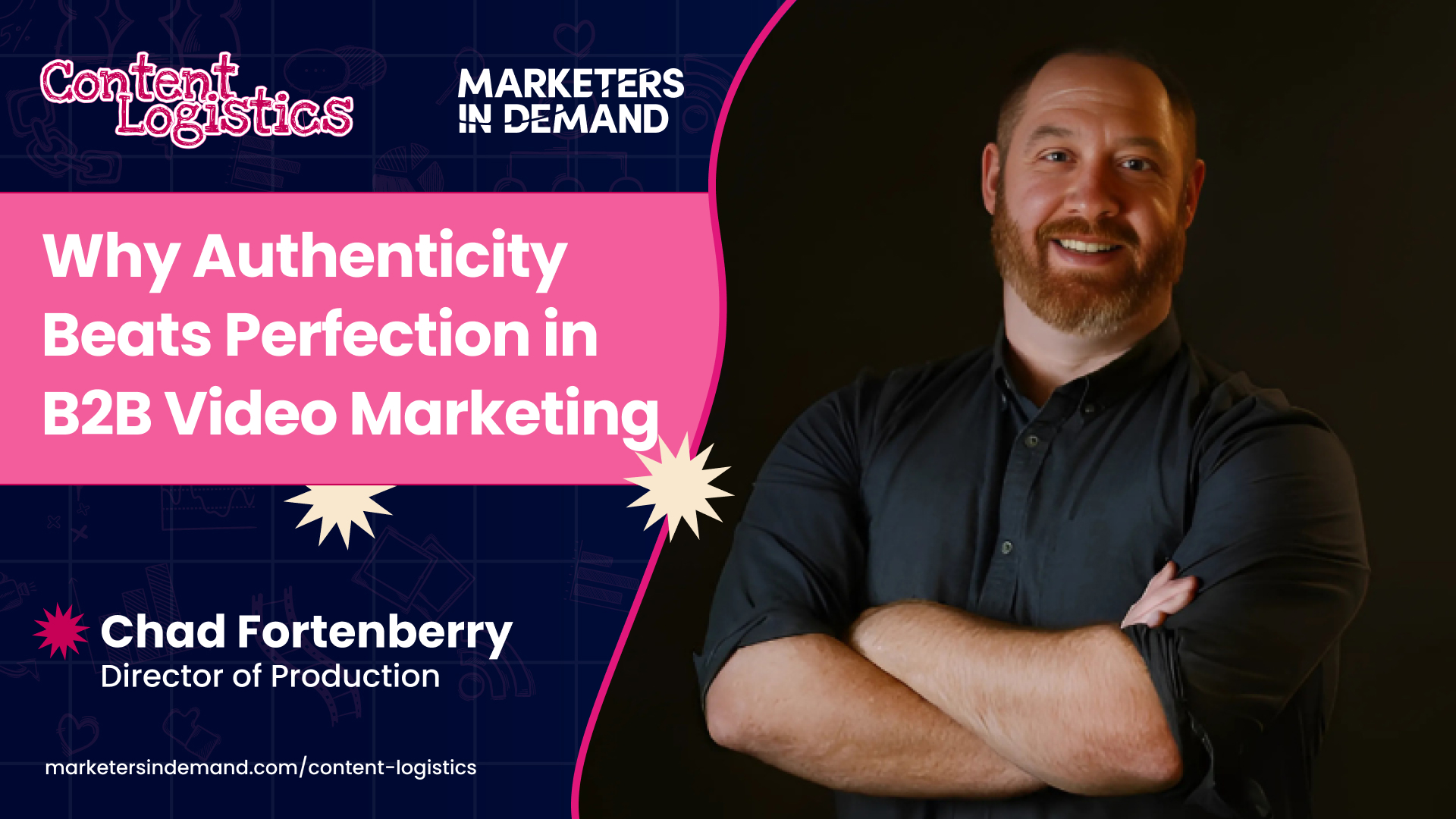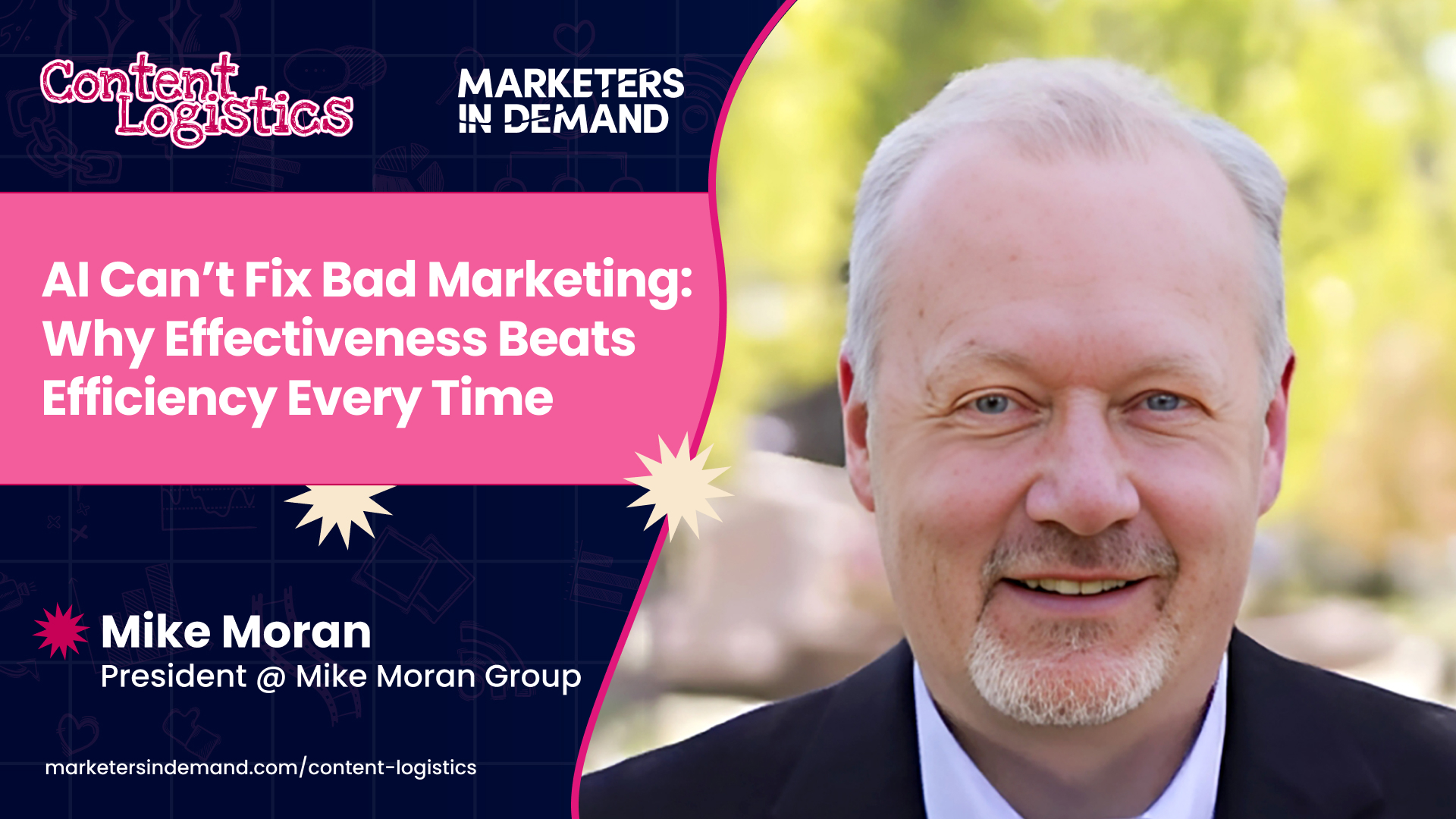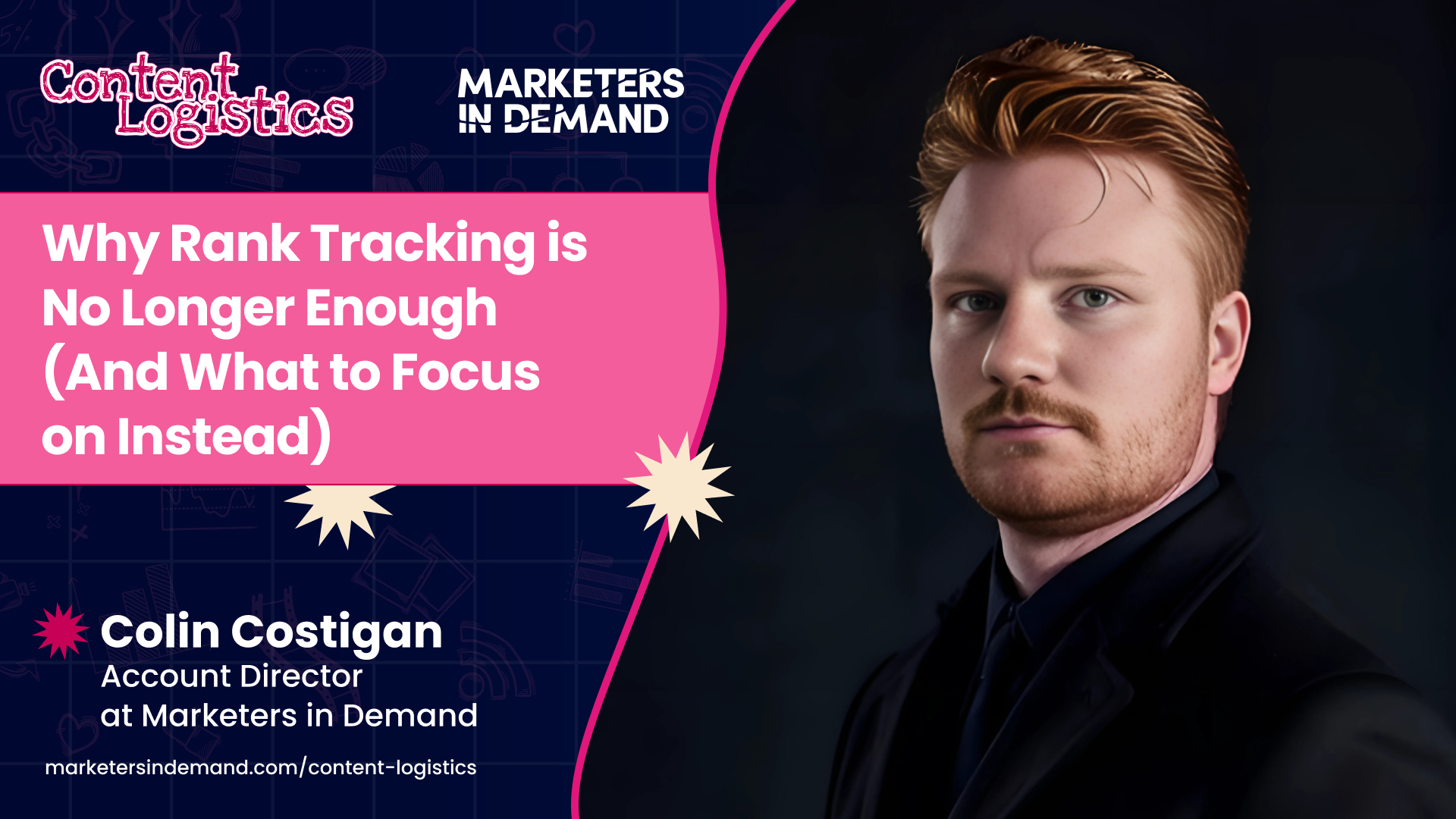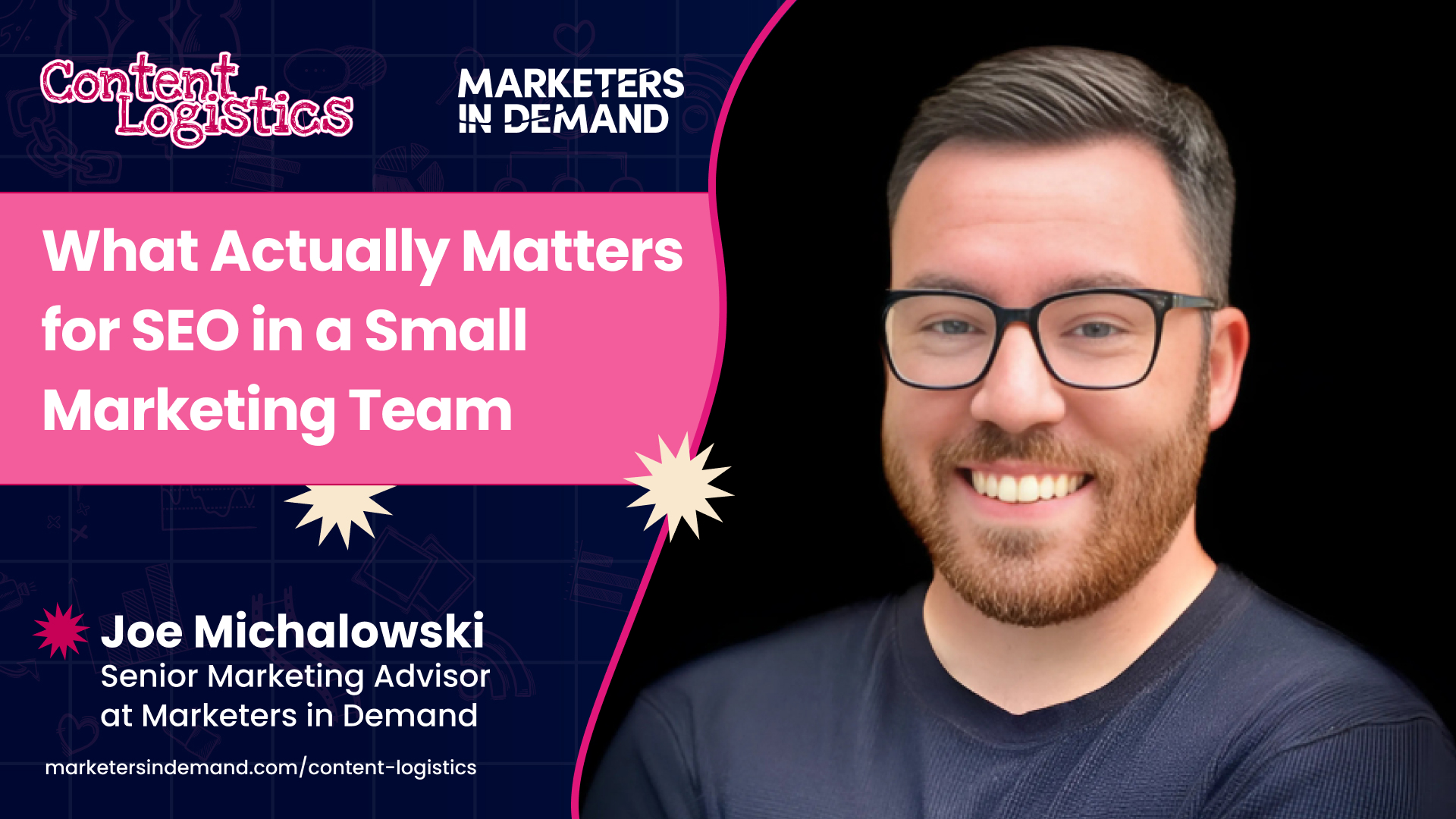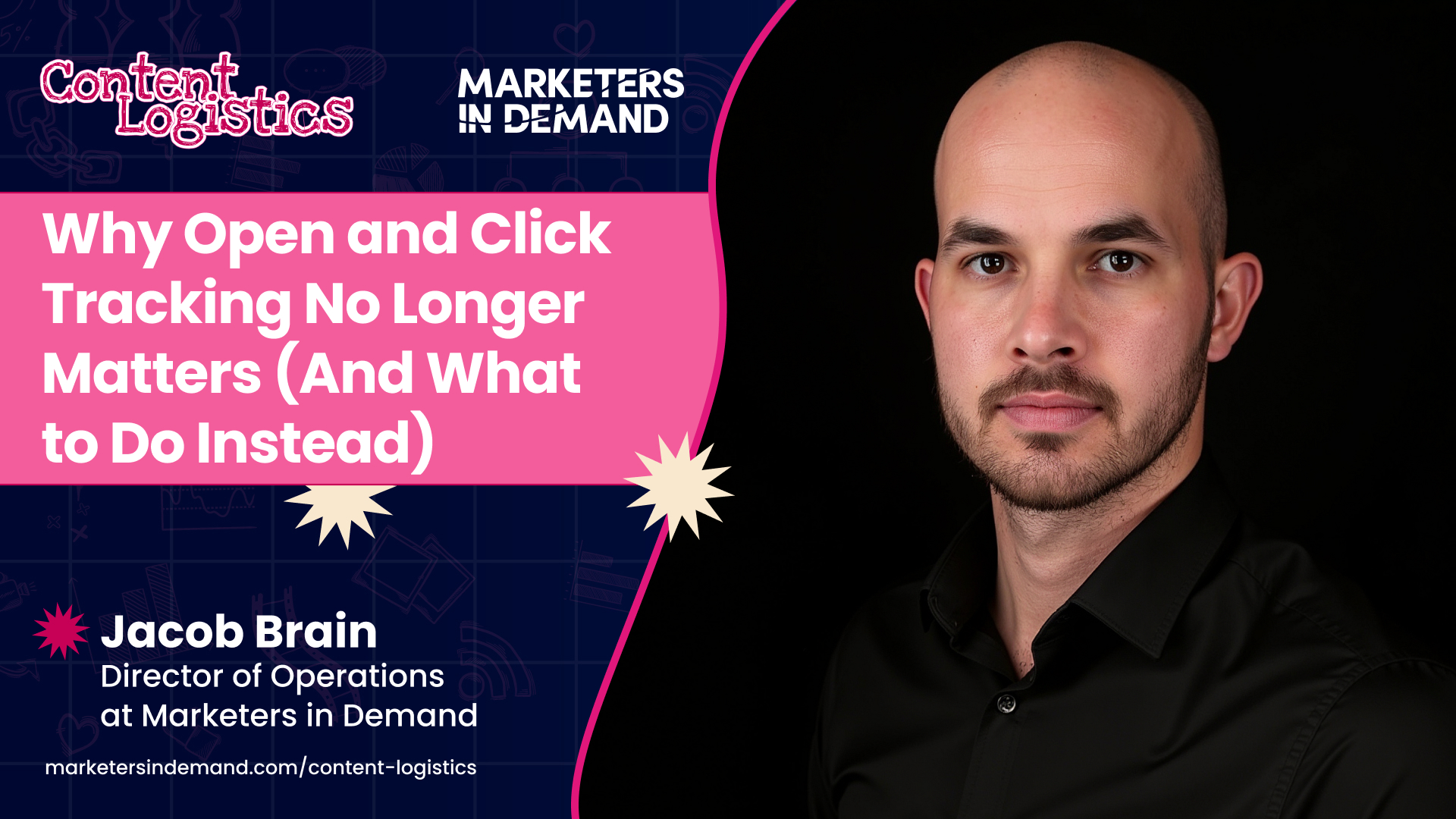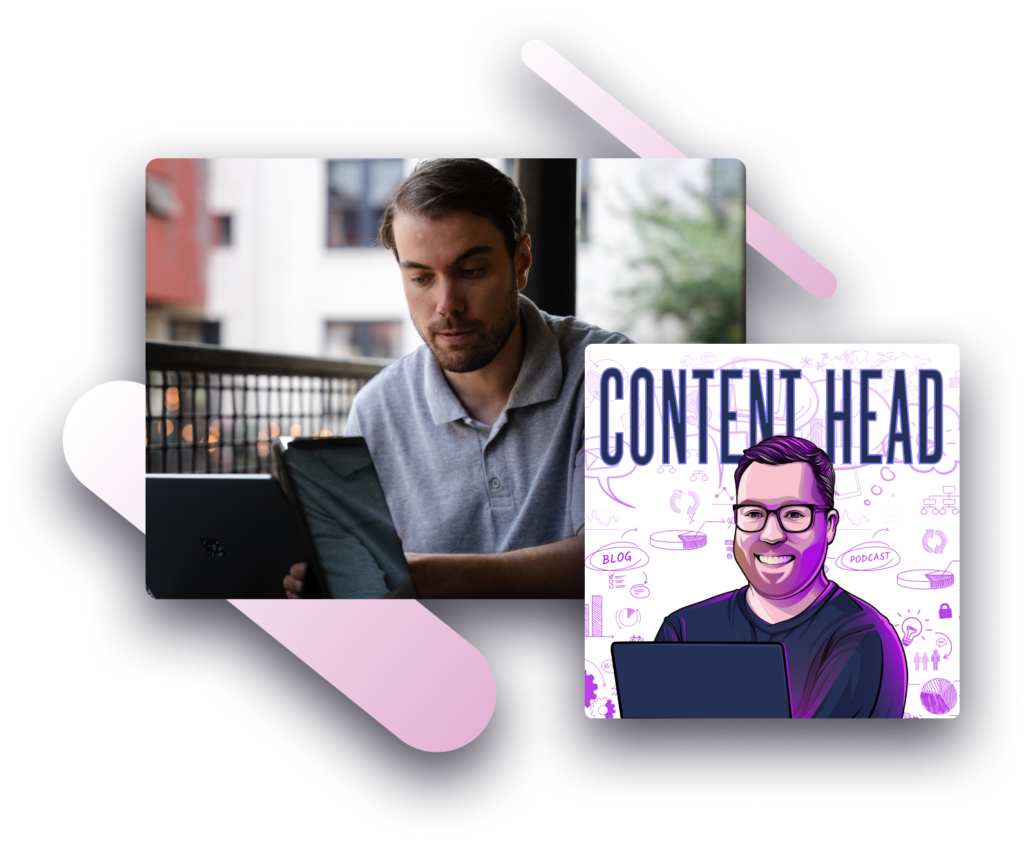Storytelling isn’t just for novels—it’s the key to standing out in B2B marketing. In this episode of Content Logistics, host Baylee Gunnell sits down with brand strategist and ghostwriter Dana Herra to break down what makes content compelling. Dana shares why positioning matters on LinkedIn, how to develop an authentic voice, and why following every trend won’t get you noticed.
They also dive into the biggest mistakes businesses make with content—like overthinking storytelling, obsessing over engagement metrics, and relying too much on AI. Dana explains how to measure success beyond vanity metrics and why building an owned audience is more powerful than chasing algorithm-driven reach.
Finally, they discuss how executives can use personal branding to drive real business impact. Whether you’re crafting a LinkedIn post or mapping out a content strategy, Dana’s insights will help you create content that resonates, builds trust, and moves your audience to action.
Substack (twice-monthly articles on content marketing)
10-Minute Branding (weekly short email with a mini branding tip and action item to implement it)
Featured Guest
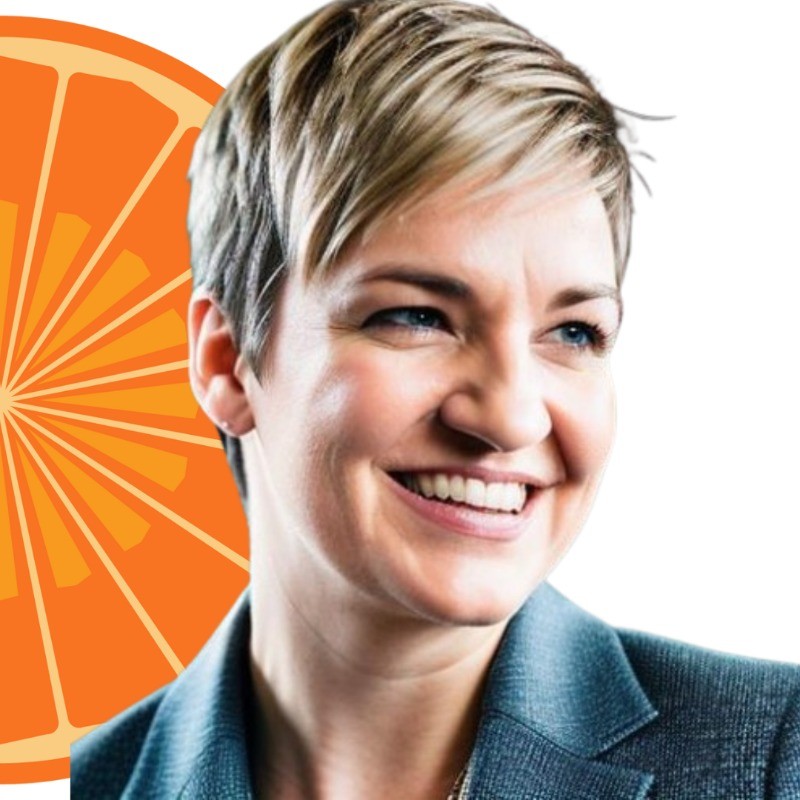
Name: Dana Herra
What she does: Brand Strategist and Ghostwriter
Company: Herra Communications
Noteworthy: Expert in storytelling, ghostwriting, and executive personal branding.
Featured Guest
Key Insights
Positioning Matters More Than You Think
In a crowded LinkedIn feed, positioning helps your audience understand who you are and why they should care about your content. Dana Herra explains that people don’t actively seek out business stories the way they do books or movies. Instead, strong positioning builds familiarity so that over time, your audience recognizes your posts and engages with them—sometimes before even reading. Positioning isn’t just about what you do but about why people follow you instead of the countless others in your field. Whether you’re an executive looking to grow a following or a brand establishing thought leadership, positioning ensures your message lands with the right audience.
Engagement Metrics Don’t Equal Success
Many content creators obsess over engagement—likes, shares, and comments—but Dana argues that these numbers don’t always reflect real success. Instead of chasing vanity metrics, she suggests measuring progress against your actual business goals. Are you generating inbound leads? Are you expanding your network with valuable connections? Those are the numbers that matter. She also warns against checking metrics too often—monthly reviews can reveal useful trends, but weekly tracking can be discouraging and misleading. For long-term content strategies, quarterly assessments provide a clearer picture of what’s working and what needs adjustment.
Authenticity Wins Over Trends
Following trends for the sake of engagement can backfire if it doesn’t align with your personal or brand voice. Dana emphasizes that audiences are savvy—they can tell when content feels forced or inauthentic. Instead of copying viral formats, she recommends experimenting to find a style that feels natural and sustainable. If you dislike creating certain types of content (like video), forcing it won’t work. Instead, focus on formats that fit your strengths and resonate with your audience. The key is consistency—content should sound like you. If someone reads your posts for a month and then speaks with you in person, they should recognize the same voice and personality.
Storytelling Creates Emotional Connection
Great business storytelling isn’t about listing facts—it’s about making people care. Dana outlines key storytelling elements: a relatable character, a clear problem, a sense of urgency, and an eventual resolution. Without stakes, there’s no reason for the audience to stay engaged. She also warns against two common mistakes: starting stories too far back (cut unnecessary context) and giving away the ending too soon (build curiosity). In B2B marketing, storytelling isn’t just a nice-to-have—it’s what makes content memorable. Companies that integrate storytelling into their messaging stand out, while those relying solely on product features risk getting lost in the noise.
Episode Highlights
Finding Your Voice on LinkedIn
Timestamp: [00:06:00]
Dana Herra discusses the importance of authenticity when developing a personal brand on LinkedIn. She warns against blindly following trends just for engagement, explaining that content should align with the creator’s natural style. If someone isn’t naturally funny, forcing humor into posts can feel awkward and disingenuous. Instead, content should reflect the creator’s unique strengths and personality. Dana encourages experimentation but stresses the need to recognize when something doesn’t fit. If a particular format feels unnatural or forced, it’s best to pivot. Authenticity builds long-term trust with an audience, while inauthentic content is easy to spot and can turn people away.
“The thing about trend following is there’s nothing wrong with trying out a trend to see if you like it, but if you’re going to jump in just because it’s a trend and you’re hoping that that’s what’s going to get you more reach or more engagement, um, it’s gonna fall flat because it’s not you. It isn’t coming from an authentic place and people can tell.”
Why You Shouldn’t Post on Every Platform
Timestamp: [00:30:00]
Many professionals feel pressure to be everywhere—LinkedIn, Twitter, Instagram, newsletters, blogs—but Dana explains why spreading yourself too thin leads to burnout. Instead, she recommends focusing on two platforms: one for discovery (where new people find you) and one for deeper relationship-building (where you nurture your audience). She credits this idea to Jay Klaus and explains that social media is great for discovery, but platforms like newsletters or communities allow for stronger, long-term connections. Dana also urges people to post where they feel most comfortable, not just where their audience is. If someone dreads using a platform, they’ll be inconsistent and produce low-quality content.
“The discovery platform is where people can stumble upon you and discover you. That’s something like social media, where people who don’t know you exist can find you and stumble across your content. And then your goal is to move your audience from your discovery platform into a relationship platform, which is your newsletter or your community or your blog or what have you, um, where you now own the audience and you can build a deeper relationship with them.”
The Power of Scheduling and Batch Creation
Timestamp: [00:13:00]
Dana shares her approach to content creation, emphasizing the benefits of scheduling and batching posts in advance. She explains that batch creation allows her to get into a creative flow, making it easier to produce multiple posts at once. Scheduling content also prevents last-minute stress, ensuring consistency even on busy days. Some people prefer to create content spontaneously, but Dana finds that having a structured process removes decision fatigue and helps maintain a regular posting schedule. She also notes that scheduling content allows her to engage with posts when it’s convenient, rather than feeling pressured to post in real-time.
“I schedule in advance so that I don’t have to worry about, like, being at my computer at that time each day. Like, I work for myself. I work from home. I don’t want to be, like, stressing out about, Oh my gosh, like, there’s a morning where my kid is late for school and the dog threw up and I need to sit down and post to LinkedIn. Like, no, I’d rather it just go on its own. And I’ll come in later and engage.”
AI as a Tool, Not a Replacement for Creativity
Timestamp: [00:38:00]
Dana shares her perspective on AI in content creation, highlighting its strengths and limitations. While AI can be useful for brainstorming ideas, structuring content, and editing, she warns against relying on it for actual content creation. AI lacks emotional depth and can’t replicate a writer’s unique voice. She suggests using AI at the beginning of the process (to map out ideas) and at the end (for editing), but insists that the core creative work should come from the individual. She also points out that AI-generated suggestions can be contradictory, reinforcing the need for human judgment when deciding what to implement.
“I don’t use AI for creation, and I don’t think people should. I think your brain is the creative engine. Again, the key thing is that your audience can relate and they can’t relate to a robot because a robot doesn’t feel anything. It can be very useful for brainstorming ideas because you can ask it to take on the role of your target customer and what is important to them about this thing that I have or do. What questions do they have? What are their fears? What are their desires?”



